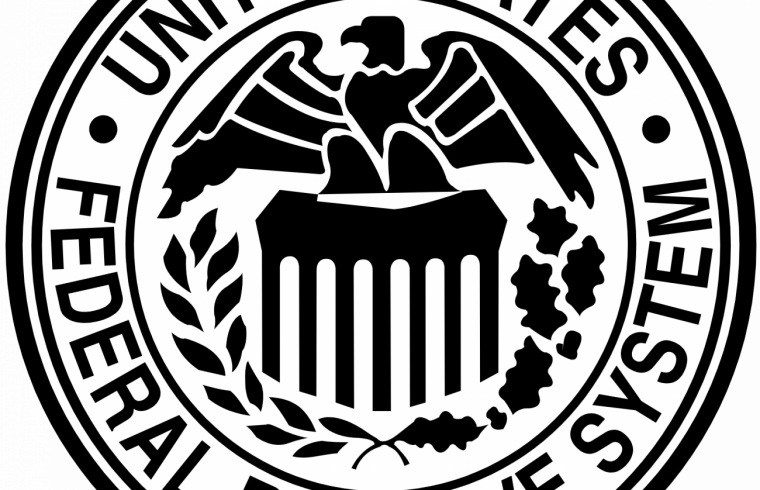The Federal Reserve Board on Tuesday finalized a set of changes that will increase the transparency of its stress testing program for the nation’s largest and most complex banks. The changes are intended to improve public understanding of the program while maintaining its ability to independently test large banks’ resilience.
The first change, which will begin for the 2019 stress test cycle and expand in subsequent years, will provide significantly more information about the stress testing models used in the Board’s annual Comprehensive Capital Analysis and Review (CCAR). That information will include:
- Ranges of loss rates, estimated using the Board’s models, for actual loans held by CCAR firms;
- Portfolios of hypothetical loans with loss rates estimated by the Board’s models; and
- More detailed descriptions of the Board’s models, such as certain equations and key variables that influence the results of the models.
Using this additional information, a firm would be better able to evaluate the risks in its own portfolio or compare the losses from its own models to losses from the Board’s models. In response to comments received on the proposal from December 2017, the Board will provide additional information on a number of models, including those used to project operational-risk losses and pre-provision net revenue. The model disclosure will be updated each year and published in the first quarter of the year.
In addition, the Board finalized a stress testing policy statement, which elaborates on prior disclosures by describing the Board’s approach to model development, implementation, and validation. The statement describes seven principles that have guided supervisory stress test modeling in the past and will continue to do so.
The Board also modified its framework for the design of the annual hypothetical economic scenarios. The modifications will provide more information on the hypothetical path of the unemployment rate and will introduce a quantitative guide for the hypothetical path of house prices, both of which are key variables for the scenarios. In a change from its proposal, the Board will not add variables to the hypothetical stress test scenario related to funding costs. The Board will further explore incorporating stress to certain types of funding into its stress testing program in the future.












